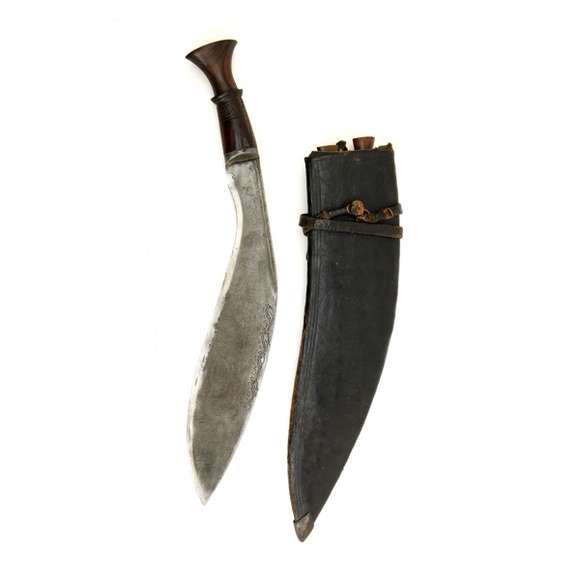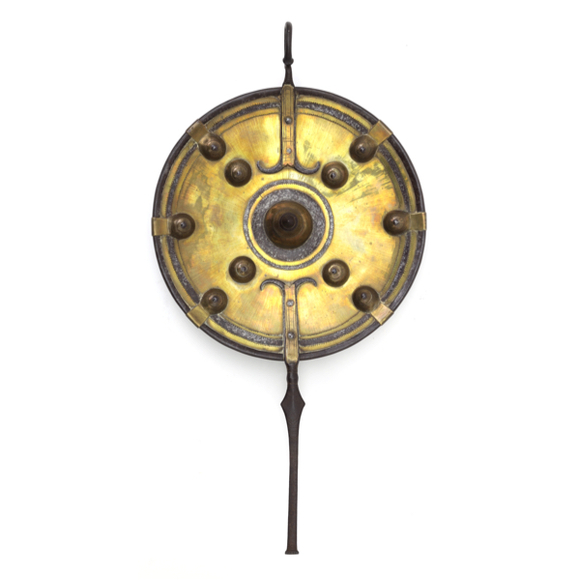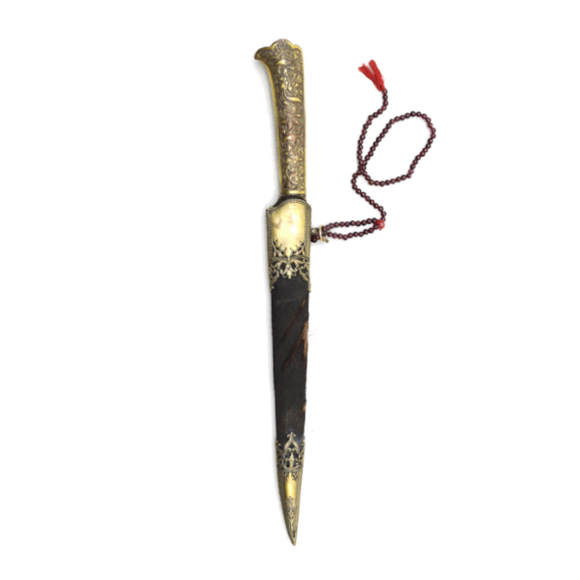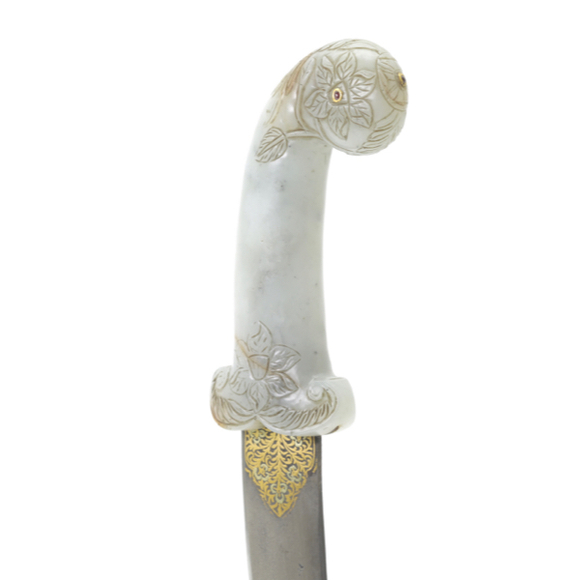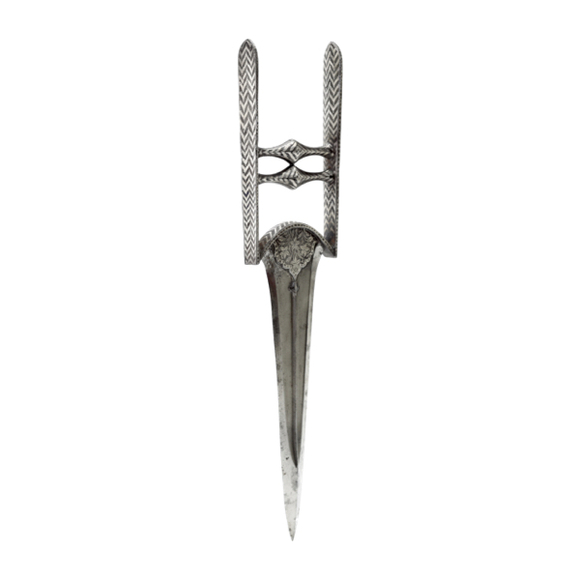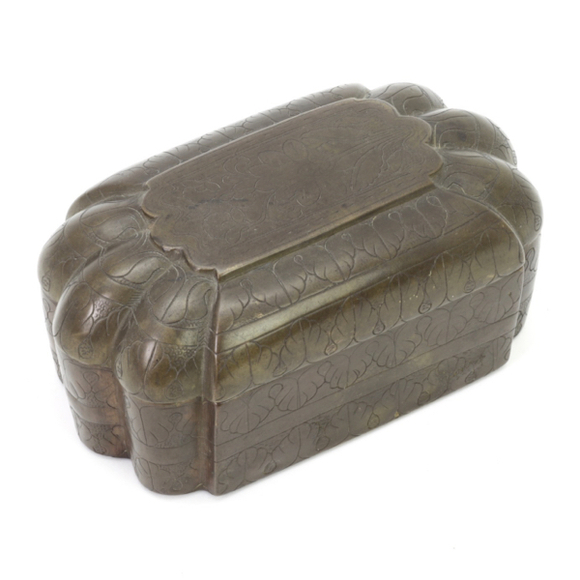Signed: Ricky Milnes, India 44, Burma 44, Ramree 45.

Total 70.9 cm
Effective 69.7 cm
(Inside nock to base head)
A.) 6 mm long, 4 mm wide
B.) 5 mm long, 4.5 mm wide
A.) 16 grams
B.) 17 grams
India
Steel, reed, lacquer, pigments, sinew
Probably 18th century
Introduction
Most archer-warrior cultures focused strongly on sports archery in peacetime to hone and maintain their skills and to make advancements into the design of their equipment.
Disciplines that were commonly practiced were various forms of target archery, piercing contests, heavy bow pulling and flight shooting: A contest where the furthest shot arrow wins.
Flight shooting pushed bowyers to make ever more efficient bows and pushed the archers into perfecting their release with high poundages.
Description
Two light and slender arrows with tiny metal conical tips and rather short fletched parts. Looking at the design, these are most likely Indian flight arrows because the heads are too narrow to provide the shaft with protection for impact.
These arrows balance almost exactly in the center, where regular arrows typically have a more forward balance. The center balancing point helps them fly straighter, longer. The same is observed on Ottoman flight arrows.
The foreshafts are wrapped and painted an off white, with cherry red dot decoration. The tails are painted with bands of black, green red, and gold. They have bulbous nocks, made of inserted wood that is sinewed over and lacquered.
Conclusion
This very rare set of Indian long-distance arrows, probably flight arrows, will make great study objects for the serious archer-researcher.





Peculiar shield with catching hook, used by the Santali people of Bengal.
Fine Indian kard with gilt copper alloy hilt, decorated with chiseled flowers.

